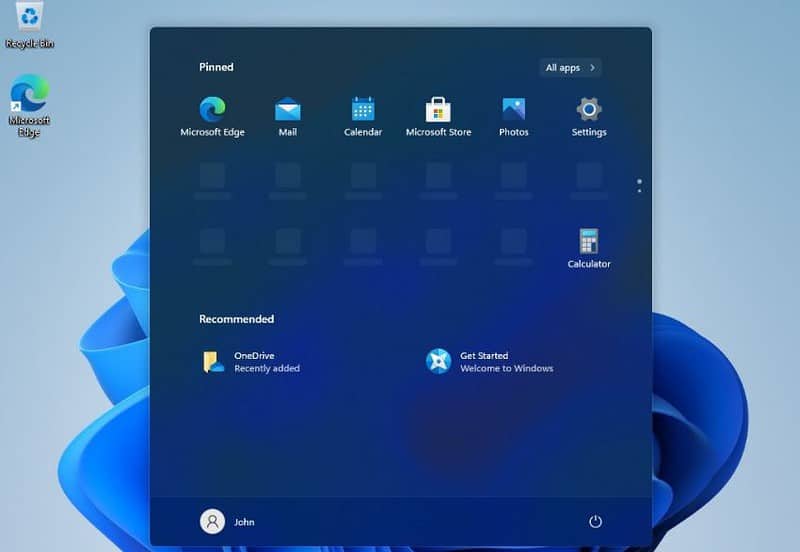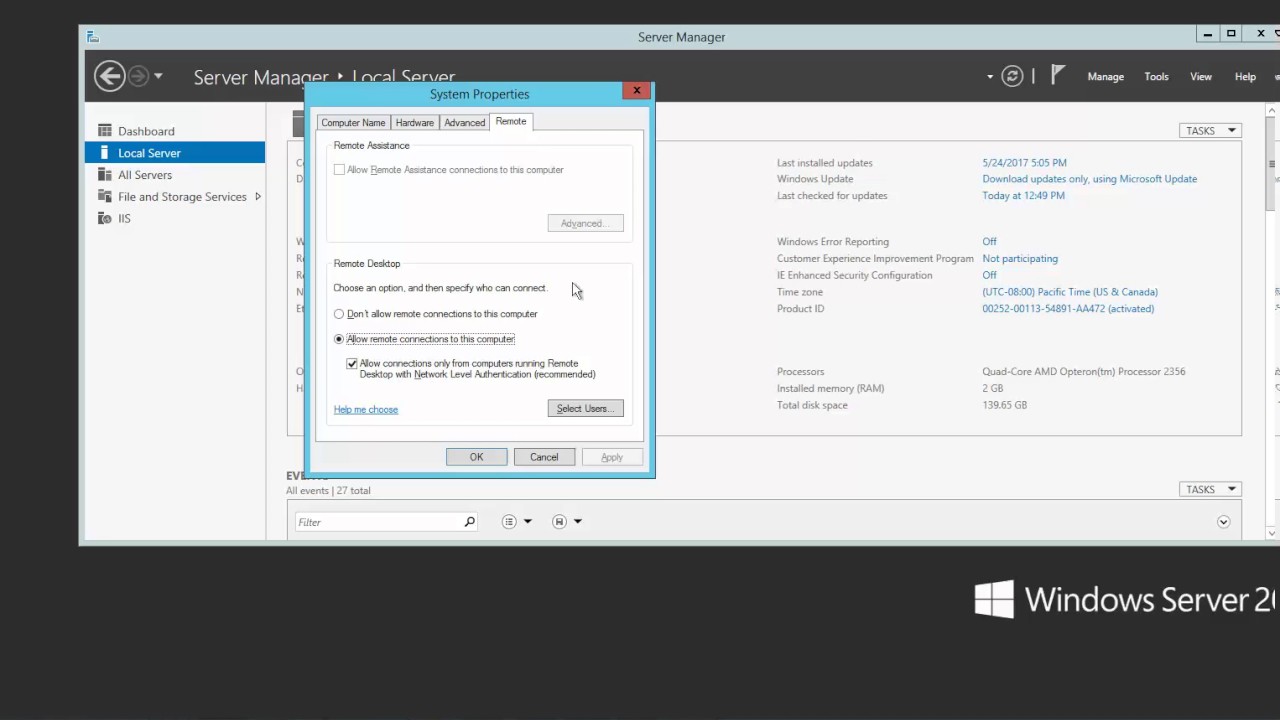

You can also close desktops with the keyboard shortcut Windows Key + Ctrl + F4.Open the Task View pane, hover over the desktop that you want to close, and click the small X that appears in the top-right corner.(You can also drag and drop windows to the desired desktop!) Find the window that you want to move, right-click it, select Move to, and choose the desktop you want to move the window to.(The windows on the selected desktop will pop up.) Open the Task View pane and hover your cursor over the desktop containing the window that you want to move.You can also quickly switch between desktops with the keyboard shortcuts Windows key + Ctrl + Left Arrow and Windows key + Ctrl + Right Arrow.Open the Task View pane and click on the desktop you would like to switch to.Open up the Task View pane by clicking the Task View button, or by pressing the Windows Key + Tab.If you keep a lot of applications open at one time, this can be a convenient way to keep organized.

MacBooks vs.Using multiple virtual desktops can be very helpful, and is easy to set up and use in Windows 10.
#Windows desktop groups Pc
You can now enjoy multitasking in Windows 11 and get the most out of your PC - and your day at work or school! Then, click the Down Arrow next to the switch and make sure all the other boxes are checked. Make sure the toggle switch for Snap Windows is on. It will ask you if you wish to move your current desktop files. By default the location is at C:\Users\USERNAME\Desktop (You need to replace USERNAME with your account username in your system) Then click apply and ok. Type in the new location you want your desktop to be in. Then to give your tile group a name, hover the pointer over the group, and you will see Name group pop up. Click on properties and then click on location tab. Open Windows 11 Settings, and then click on System. In the Computer Management window, expand System Tools > Local Users and Groups > Groups. I dragged everything I wanted into an open area of the Start menu.

If you’re not seeing the feature, then there is the chance the setting might be disabled. Snap layouts and Snap Groups should be turned on by default in Windows 11. What to do if you don’t see Snap layouts or Snap Groups It also helps keep the bottom of the screen clean by combining your windows. You can drag and drop multiple applications and documents together to group them into a tabbed interface for easy access and reference. You can minimize and get access to the group all at once without having to control each window individually, as it was in Windows 10. Groupy is a powerful organizational tool for Windows that will keep information tabbed and organized. The group should be clearly labeled, and you’ll see a preview of the group in the same layout you just created. Hover the mouse over your Taskbar to see the newly created Snap Group. You can do it from the Run window (Win + R), Command Prompt, or PowerShell. Local Users and Groups in Computer Management An alternative way to open Local Users and Groups is to run the lusrmgr.msc command. Once you create a Snap layout in Windows 11, you can head down to your Taskbar. In Computer Management, select Local Users and Groups on the left panel. Step 2: Check the taskbar for Snap Groups You can then keep working with your open windows now neatly organized. Insider group The Insider group is for early validation, and consists of admins and their selected users. Windows will suggest ways for you to tile the other programs in to fill the Snap Layout shortly after. Configure user groups You can configure the client for one of the following types of user groups, which determines when the client receives updates. You even can group the windows in a four-square grid.Īfter hitting the Snap Layout button, just click on one program. You can tile two Windows side by size at an even length, side by side with one side bigger, straight down the middle in a vertical column, straight down the middle with the middle one being bigger, and more. Once you have all the programs open, pull one to the front of the screen, and hover your mouse over the Maximize button (the second from the left on the top-right of your screen.) You’ll then see one of six ways to tile and “snap” your open windows. In the Select Users or Groups window, click Advanced. To begin, a Snap layout can be created by first opening up all the programs you want to multitask with. In the Group or user names: list, select Everyone, and then click Remove. Fitbit Versa 3īefore jumping into creating a Snap Group, you need to first create a Snap layout to multitask with.


 0 kommentar(er)
0 kommentar(er)
